Thick, deep-green grass doesn’t happen by accident. It starts with knowing the fertilization frequency that suits your soil and grass type. This guide breaks down a practical fertilizing lawn schedule, showing when cool-season and warm-season grasses need feeding to avoid nutrient gaps and burnout.
We will share some of the best lawn fertilization tips drawn from current extension research, plus month-by-month pointers that sync with mowing, watering, and aeration. Fold these habits into regular seasonal lawn care and watch thin spots fill in fast.
Author’s Note: Check out my post on The Best Lawn Fertilizer For Green Grass for a comprehensive guide on lawn fertilizers!
Understanding Lawn Fertilization Basics
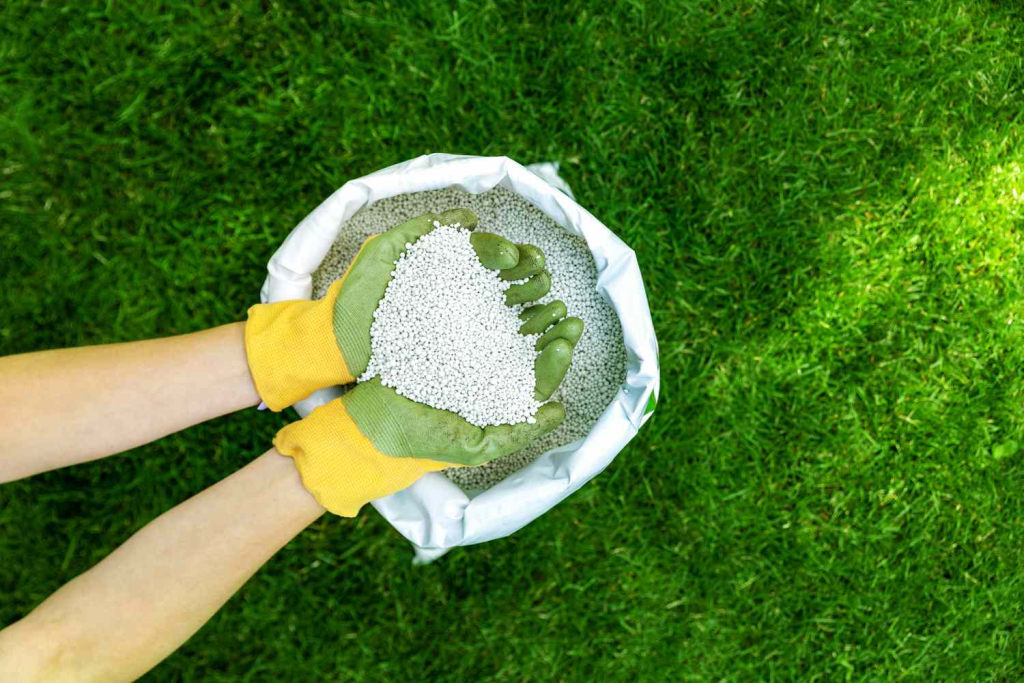
Healthy grass is hungry soil’s best friend, and regular feeding starts with grasping lawn fertilization basics. Grass runs on three core fuel sources: nitrogen for lush blades, phosphorus for sturdy roots, and potassium for stress resistance, a trio listed on bags of NPK fertilizers.
Delivering the right mix keeps those essential nutrients flowing so the lawn bounces back after foot traffic, heat spells, or a surprise soccer match. Work these elements into seasonal routines and enjoy ongoing lawn health payoffs throughout the year.
Key Benefits of Regular Lawn Fertilization
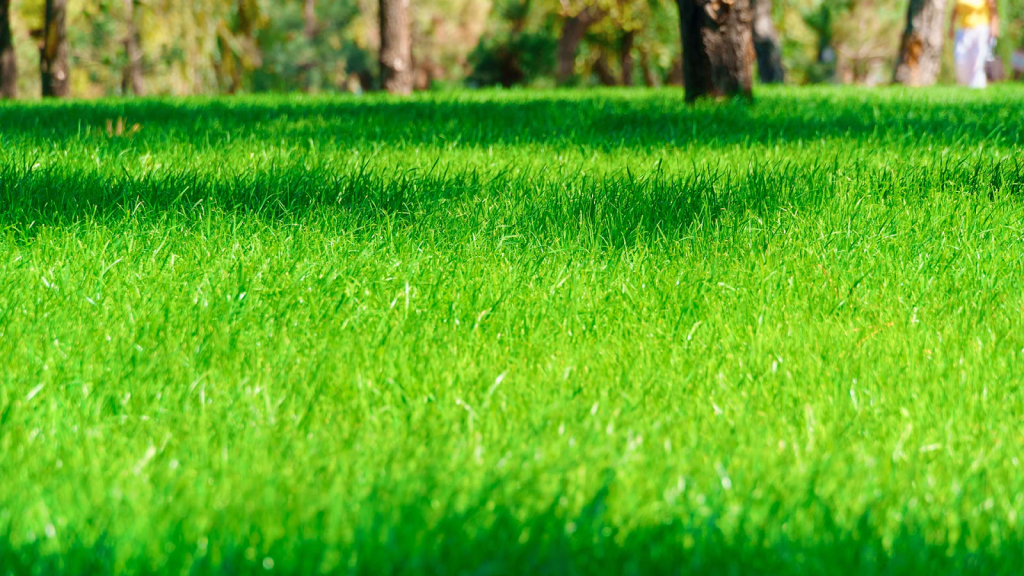
Patchy spots that appeared last summer show what happens when nutrients run low. Consistent fertilization keeps them from coming back. The top lawn fertilization benefits start with richer color and thicker blades that crowd out weeds.
A balanced nutrient plan forms the backbone of healthy lawn care, feeding soil microbes that power growth. Nitrogen, phosphorus and potassium build strong grass roots that pull moisture deep and stand up to foot traffic. Well-fed turf also develops a natural shield, giving you a more disease-resistant lawn through every season.
Factors Influencing Lawn Fertilization Frequency
Cool-season and warm-season lawns live on different schedules, so feeding them follows different calendars. Grass types set the baseline: bluegrass enjoys its main meal in fall while Bermuda thrives on summer boosts.
A quick soil test shows you the current soil nutrients and allows you to tweak the mix instead of guessing.
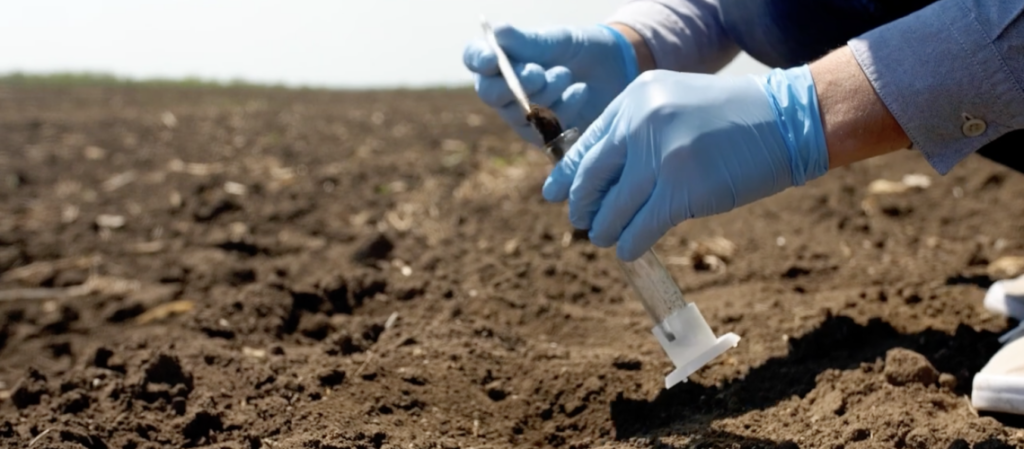
Author’s Note: Check out the more accurate Mail-in Lab MySoil Soil Test Kit or the Convenient At-Home Rapitest Soil Test Kit for diagnosing nutrient deficiency and preparing your soil for the planting season!
Hot, rainy or drought-prone regions adjust the plan because climate and lawn care go hand in hand. Heavy foot traffic wears roots thin, so a tighter fertilization frequency speeds recovery without overloading nitrogen.
Seasonal Fertilization: Timing Your Lawn Care Right
Spring warmth hits and your cool lawn wakes up hungry. Kick off the Lawn fertilization schedule while soil sits near sixty degrees, then feed again in early fall to lock in root strength. That split timing handles cool-season grasses without scorching blades in midsummer.
After the last frost, late spring through mid-summer becomes the best time to fertilize grass varieties like Bermuda and Zoysia, followed by a lighter potassium shot as temperatures drop for balanced warm-season grasses care.
Types of Lawn Fertilizers and Their Benefits
Choosing between spray bottles and shake-on pellets doesn’t need to feel like guesswork. Comparing granular vs. liquid fertilizers comes down to pace and convenience: liquids soak in fast for a quick color bump while granules stick around longer and simplify even coverage.
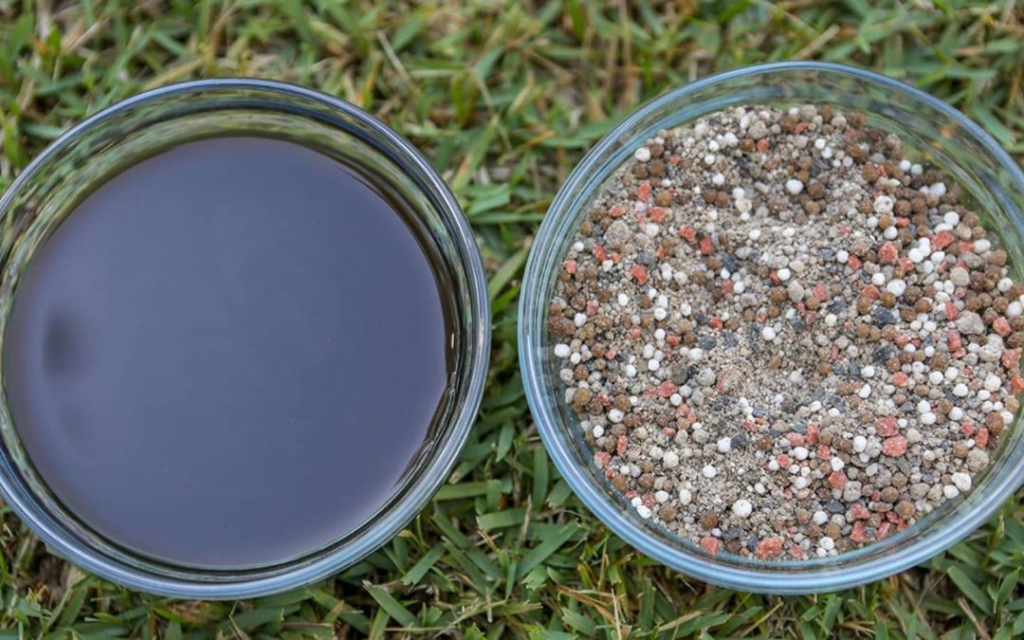
Pair that with slow-release fertilizers for steady six-week feeding or reach for quick-release blends when the lawn looks tired after a heat wave. With these fertilizer types in mind, focus on grass age, soil tests, and mowing habits when choosing the fertilizer that matches the yard’s rhythm.
Signs Your Lawn Needs Fertilizer
Blades turning pale from emerald to straw usually top the list of signs that your lawn needs fertilization. Yellow or light green streaks signal nutrient deficiency, especially missing nitrogen.
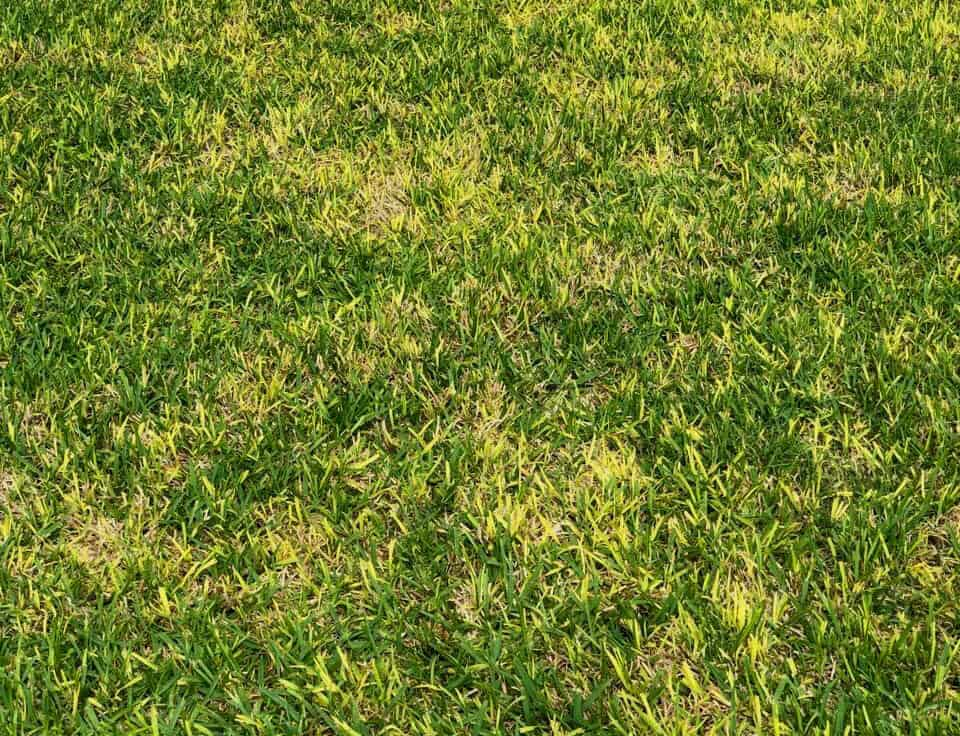
Growth that once bounced back after mowing now stalls. That weak grass recovery hints phosphorus or potassium are low. Thin patches invite weeds, another of the subtle grass health indicators. Scratch the soil, and if it feels dry and crumbly, nutrients have likely washed away. Apply a balanced fertilizer as soon as two or more of these flags appear.
Lawn Fertilization Frequency by Climate
Blazing summers push soil microbes into overdrive, so fertilization in hot climates works best as lighter feedings every six to eight weeks during the grass’s active months. Up north, lawn care in cold climates shifts the calendar: an early spring start, a light early fall application, then a heavier late fall feed to prep roots for dormancy.
Wherever the yard sits, lean on soil tests to fine-tune nutrients and build a lawn fertilization calendar that respects rainfall patterns for true climate-specific lawn care success.
Ideal Fertilization Schedule for Popular Grass Types
Keeping a lawn green means timing feedings to the grass’s own calendar. These popular grass fertilization schedules match growth spurts, not the weekend to-do list. Routine Bermuda grass fertilization kicks in when blades green up in late spring, repeats midsummer, and eases off early fall.
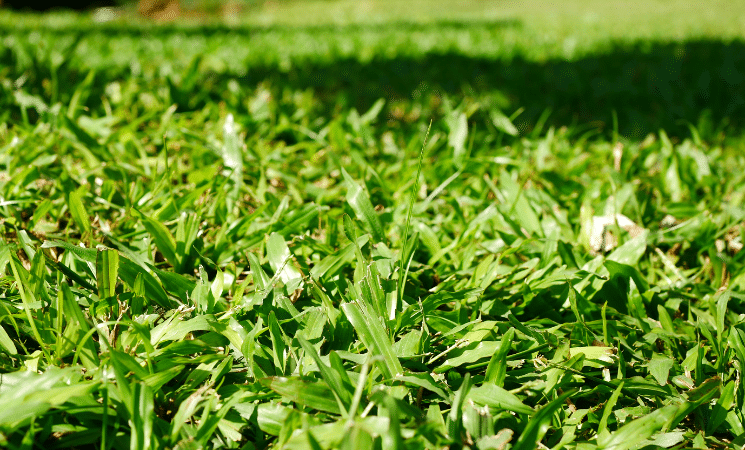
Solid Kentucky bluegrass care leans on a hearty early-fall feeding, another just before winter dormancy, plus a modest spring pick-me-up. Active fall growth pushes Fescue grass fertilization toward twin fall applications, with only a light spring touch.
Author’s Note: Check out my post on The Best Fertilization Schedule For Lawns which will guide you to creating year-round lush landscapes!
DIY Lawn Fertilization vs. Hiring Professionals
DIY lawn fertilization keeps costs down and lets you time feedings around weather, but it demands solid fertilizer application techniques: calibrated spreaders and uniform passes, or stripes and burn spots follow.
Switching to professional lawn care trades sweat for expertise: techs run soil tests, use pro-grade blends, and adjust programs through the season. The catch is higher fees and set schedules because most lawn care services bundle treatments in annual plans.
Common Lawn Fertilization Mistakes to Avoid
Heavy hands with the spreader scorch turf and wash nutrients into storm drains, so keep an eye on spreader settings and walk speed to sidestep over-fertilizing woes. Other fertilization errors include feeding right before a downpour or when grass is dormant.
Light watering right after application dissolves granules, yet drenching the yard or skipping irrigation are classic lawn watering mistakes.
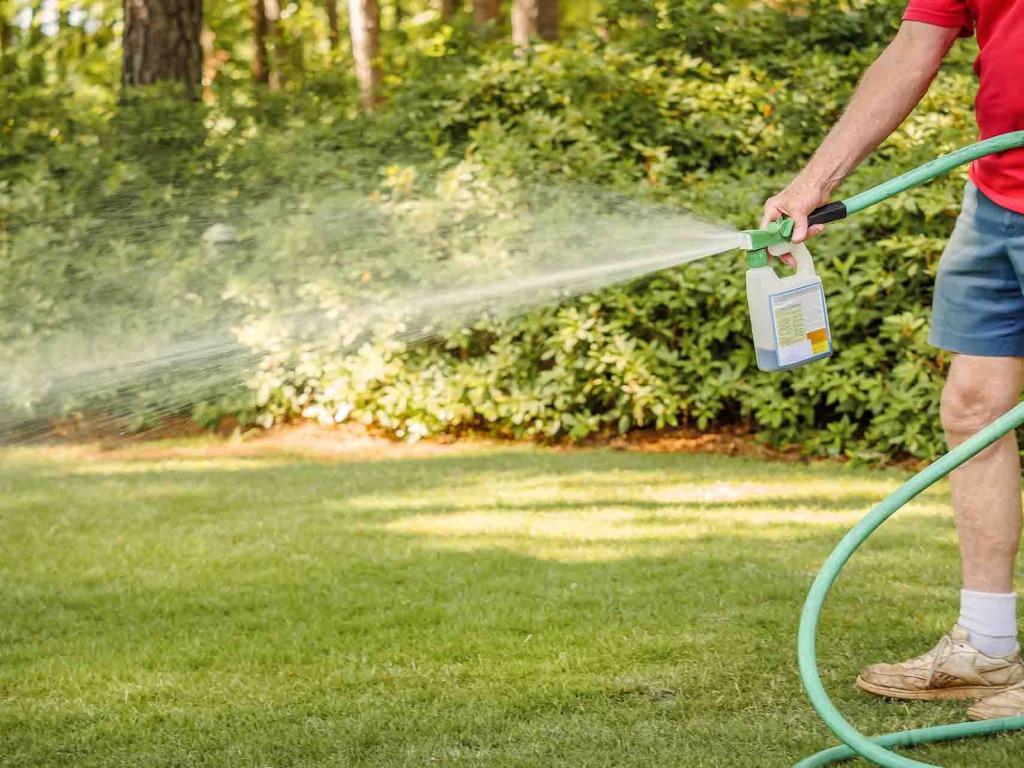
Stick with seasonal soil-test schedules and slow-release products, core parts of modern lawn care best practices, for greener results.
Maintaining Lawn Health Between Fertilizations
Start with smart mowing: keep blades sharp and clip no more than a third of the leaf to protect roots. Early morning watering sessions, using deep soaks once or twice a week, help to push moisture six inches down and toughen turf.
Work in seasonal lawn aeration to punch channels that pull air and nutrients under the thatch. Stitch these habits into regular grass care routines, and fertilizer has an easier job keeping the yard green.
Conclusion: Finding Your Perfect Lawn Fertilization Routine
Keeping track of feeding windows every six to eight weeks during the growing season covers most lawns, yet that window shifts with grass type, soil test results, and local weather. Let those clues shape a customized lawn fertilization plan layered into a regular lawn care routine.
Stick to core fertilization best practices. Feed at peak growth, water lightly after, and skip applications during heat waves or drought. Such flexible timing supports healthy lawn management, saving grass from nutrient burn and runoff.
Pick your favorite schedule, put it to work, and share your before and after in the comments below!

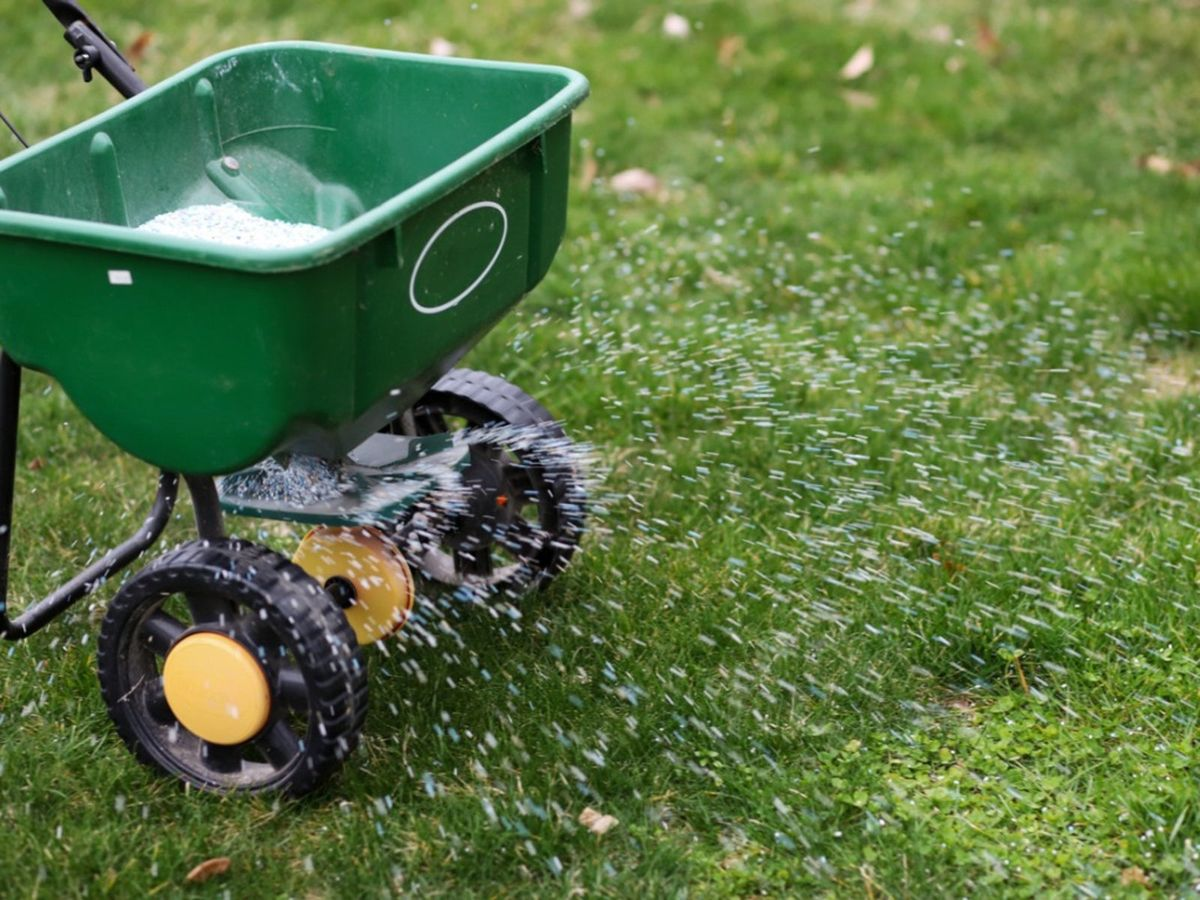

1 thought on “How Often to Fertilize Your Lawn: Complete Lawn Fertilization Guide”